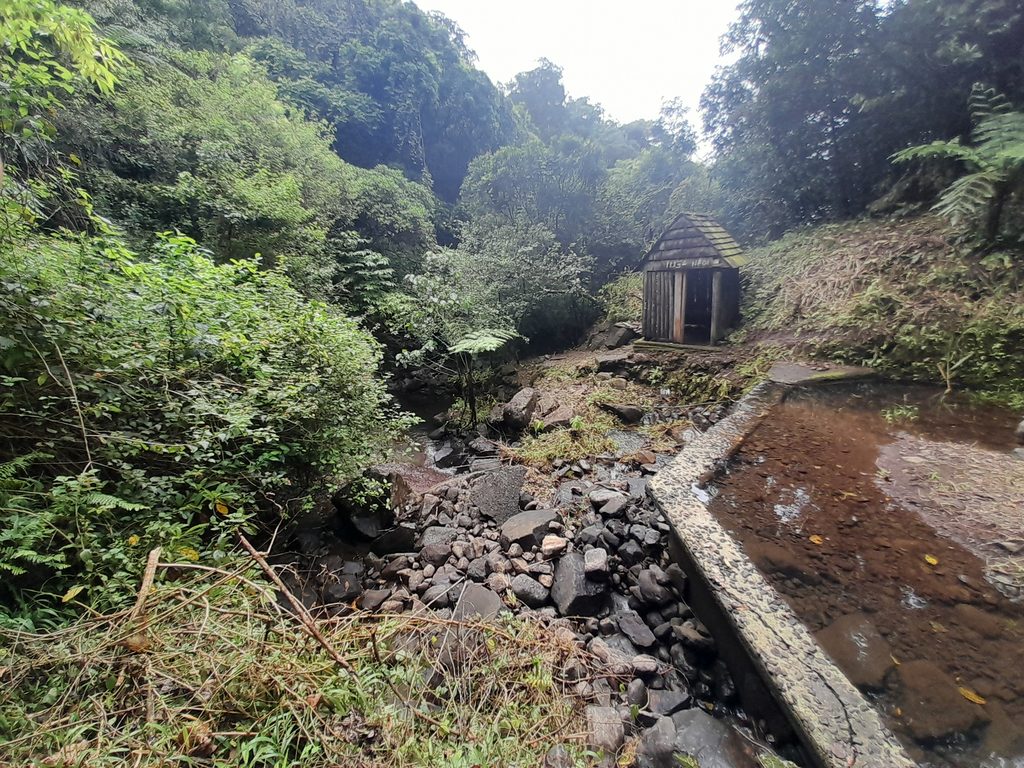HERE is something quite mystical about the misty mountains of Nadarivatu and its dreamlike features intertwined with rich historical tales that captivate those who visit the highlands.
Nestled in the mountaintops of the Colo-North territory, Nadarivatu’s history tells of a once thriving government administrative centre in the late 1800s that gradually became forgotten.
Once known as a popular hill station and sanatorium, Nadarivatu has enthralled some of Fiji’s great leaders.
These leaders include Fiji’s fifth governor, Sir John Bates Thurston, resident commissioner, Adolph Brewster and even the late statesman, Ratu Sir Lala Sukuna.
Even though the mastermind behind the hill station was Sir John Bates Thurston, its groundwork was carried out by the then Colo-North and Colo-East resident commissioner, Adolph Brewster.
Adolph Brewster, the eldest son of Paul Joske of Suva had founded the hill station and sanatorium as described in his book “The Hilltribes of Fiji”.
Brewster’s father, Joske was a pioneer settler in Fiji and the famous Joske’s Thumb was named after him.
Today, some of the sites from the old hill station still stands, acting as a tourist attraction to those who wish to experience that rustic side of Fiji.
One of those historical sites is the swimming area for the late statesman, Ratu Sir Lala Sukuna. It was a place the late statesman visited often during his stay in Nadarivatu, especially during Fiji’s drier months.
Situated within the Nadarivatu Forest Park boundary, this pool proves Ratu Sukuna was a man of substance.
Even though the pool’s history goes back before Ratu Sukuna, it was he who had made improvements to the site during his stays.
From a natural pool gushing off a stream to a well-built concrete pool, Ratu Sukuna or Brewster spent a great deal of money upgrading it for his leisure.
According to the Forest Guard at the Park, Kuruvitu Siva, the pool was once called Matanawesi but was later changed to Ratu Sukuna Pool.
He said the change was made because the late soldier and scholar had used it the most during his visits to the Colo-North territory.
The pool is quite different from what you would expect up in the highlands as it had a concrete coping and was situated deep within the rugged terrains of Nadarivatu.
The small gushing stream from the highlands flowing into the man-made pool in the middle of nowhere meant that whoever used it was of great prestige.
Not only is the pool crafted through great workmanship, other features within the site are quite distinct.
The peculiarity of finding a concrete stairway leading us to Ratu Sukuna’s pool was also bewildering.
We often see beaten tracks and soil steps when we go for a walk or hike but not concrete steps and well-built pools amid a network of forest trail.
This shows that a lot of effort was put into constructing these recreational areas in the past and the elites’ leisure time was of top priority.
Being at the park brought a mix of curiosity, eeriness, melancholy and wonder, as the sites were once regularly visited by ancestors of the Nadarivatu people and colonial leaders. However, for a long time, these have been left in a state of disrepair.
Revived as a swimming spot for the forest park, Ratu Sukuna Pool and nearby spots would add splendour to what was once a place of prominence.
As you make your way through the beaten track, through the zigzag trails to the pool, and stand on top of the newly constructed footbridge, you can easily understand why the late statesman loved spending his time there.
With the sound of birds chirping, complemented by gushing streams and cool breeze, what results is the creation of a dynamic layered soundscape for someone who wishes to unwind from a busy and monotonous routine.
Admiring the surroundings, The Sunday Times team was told of a second pool that was further up the narrow hill.
Going up the narrow foothill, the team saw what was causing all the excitement, remnants of what used to be a lovely recreational area in the late 1800s that was now shunned from the world.
We noticed how a lot of work was done on the upper pool in the past. It had more appeal compared to the lower one.
The narrow foothill that we walked quickly turned from a muddy foot track to a moss-covered concrete stairway that led us to an unexpected watch tower. The watch tower is believed to have belonged to the forestry department back in the 1950s and was used for fire monitoring in Nadarivatu.
From inside the watch tower, you have a clear 180-degree view of the upper pool and its beautiful surroundings. The wooden structure had doors facing the waterway at two different sides.
On the opposite side of the pool, you could see a neatly stacked moss-covered stonewall. The stonewall was likely placed beside the pool to stop loose soil from silting into the pool – everything about this place simply echoed wealth.
The spot where the tower is now situated was believed to be where Ratu Sukuna would sit after a swim to meditate and enjoy the natural aesthetics of the forest hideaway.
As told by his forefathers, Mr Siva said Ratu Sukuna used the place to recuperate, basically for taking a break from his busy schedule after work trips.
He said at the time Ratu Sukuna would go on long trips concerning land issues and whenever he wanted to rest, he would go up to Nadarivatu as it was cooler and away from towns.
“The pool was done specifically for Ratu Sukuna’s stay here,” he said.
“He also lived up here in one of the rest homes. The home was where Adolph Brewster once lived when he founded the sanatorium.
Now, this house is being renovated as the new district officer’s residence.
“You can imagine how this was a bustling colonial community back then.”
Just seeing the work done on the pool you can instantly understand how Ratu Sukuna prioritised his wellbeing.
The pool could have easily been a part of the sanatorium concept in the 1800s, acting as a recuperation area for those who needed a respite after a hectic work day.
History being the subject it is, a group’s version of events may not be the same as that held by another group. When publishing one account, it is not our intention to cause division or to disrespect other oral traditions. Those with a different version can contact us so we can publish your account of history too — Editor.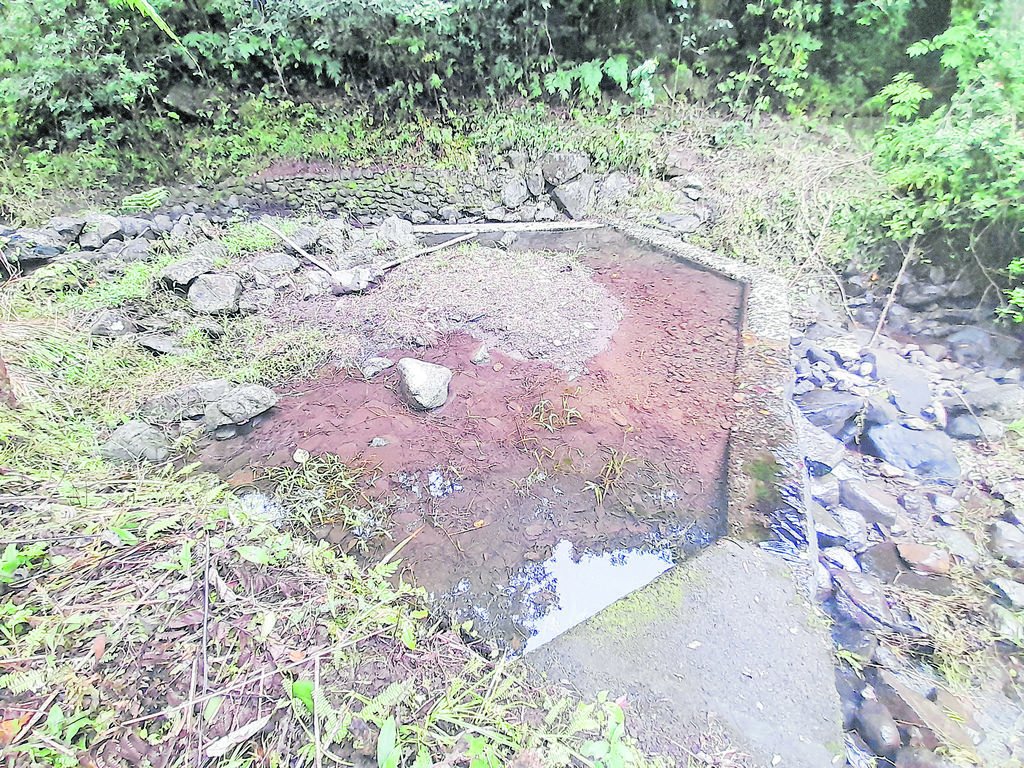
Above: The upper pool now has sediments from debris flow inside it.
Picture: SAILOSI BATIRATU
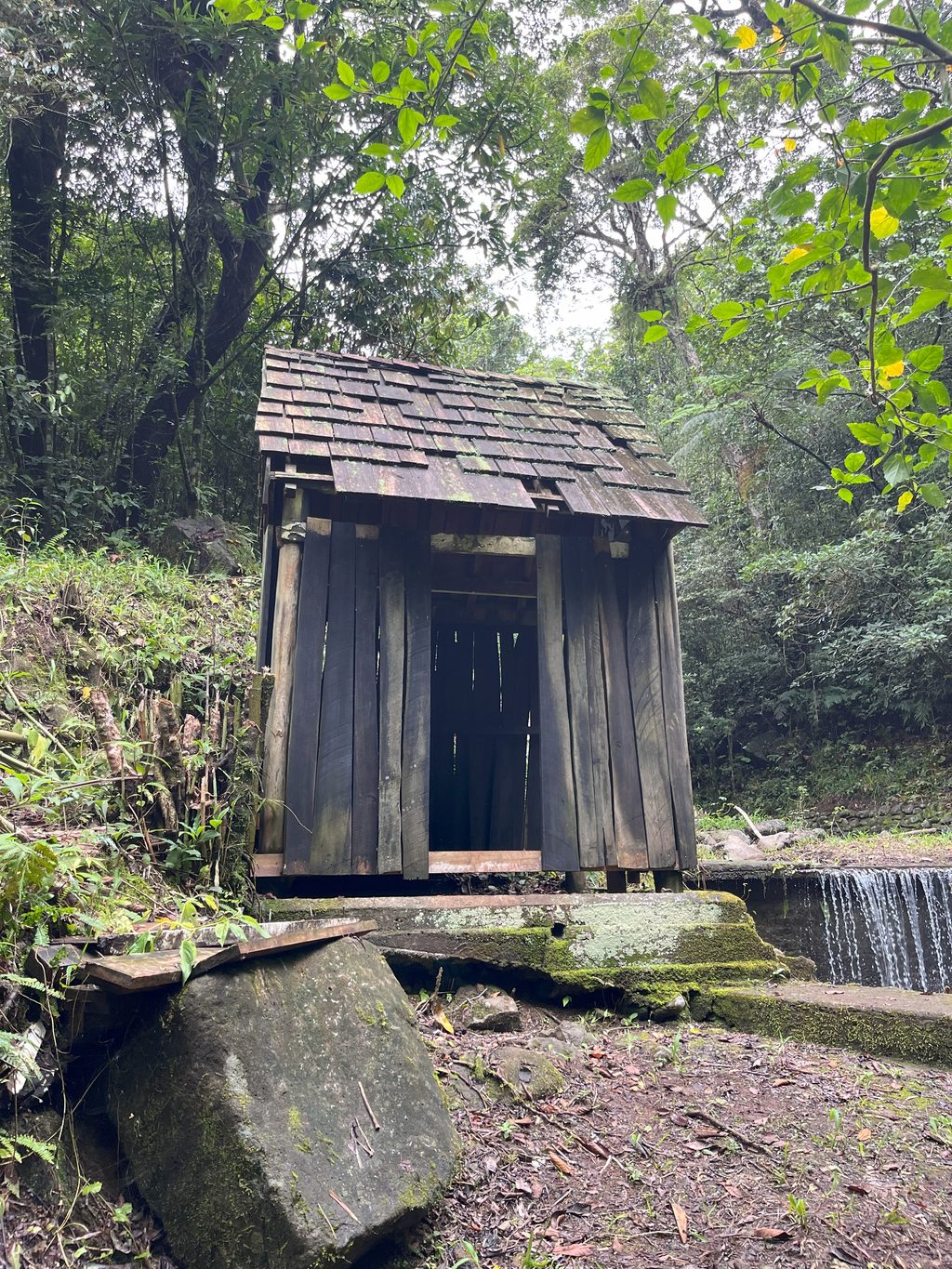
The old waiting house sits on a concrete foundation up in the highlands of Nadarivatu. Picture: ANA MADIGIBULI
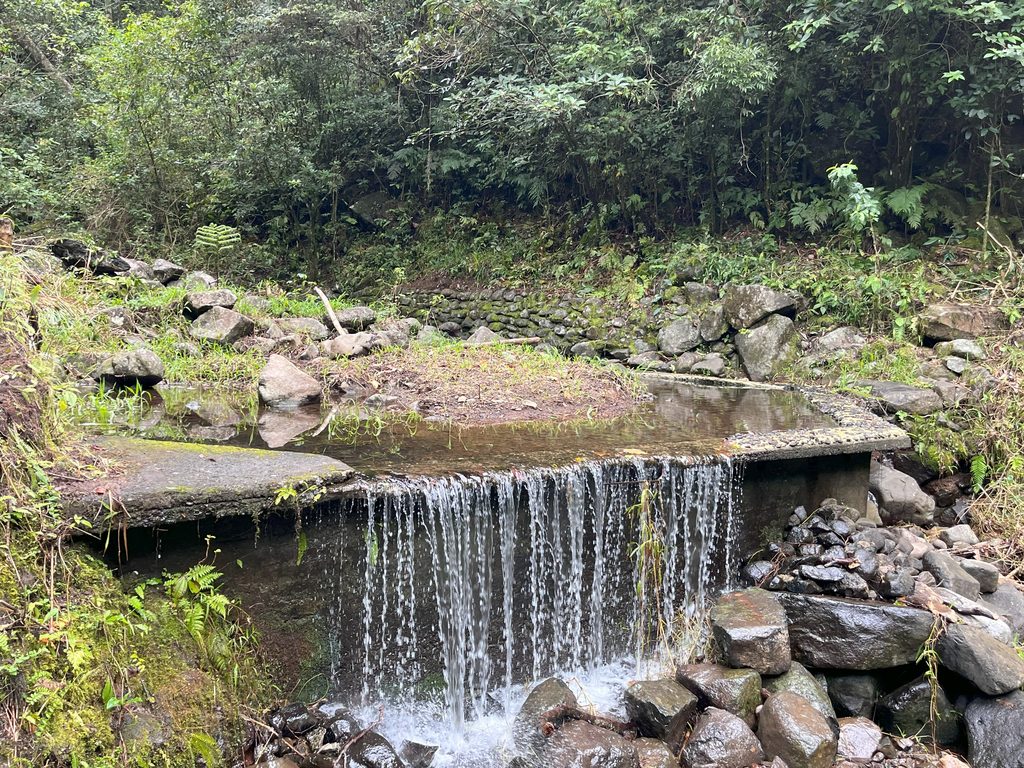
Water gushing out of the upper pool. Picture: ANA MADIGIBULI
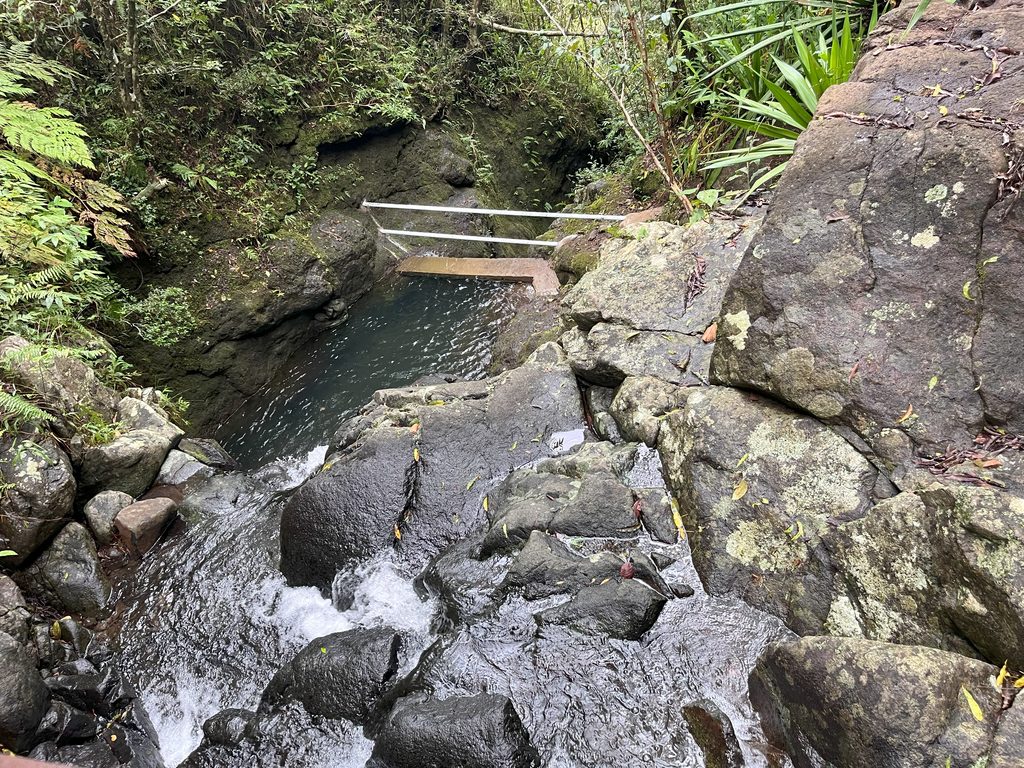
The view of the lower pool that was cleaned and cleared by the forest park team. Picture: ANA MADIGIBULI
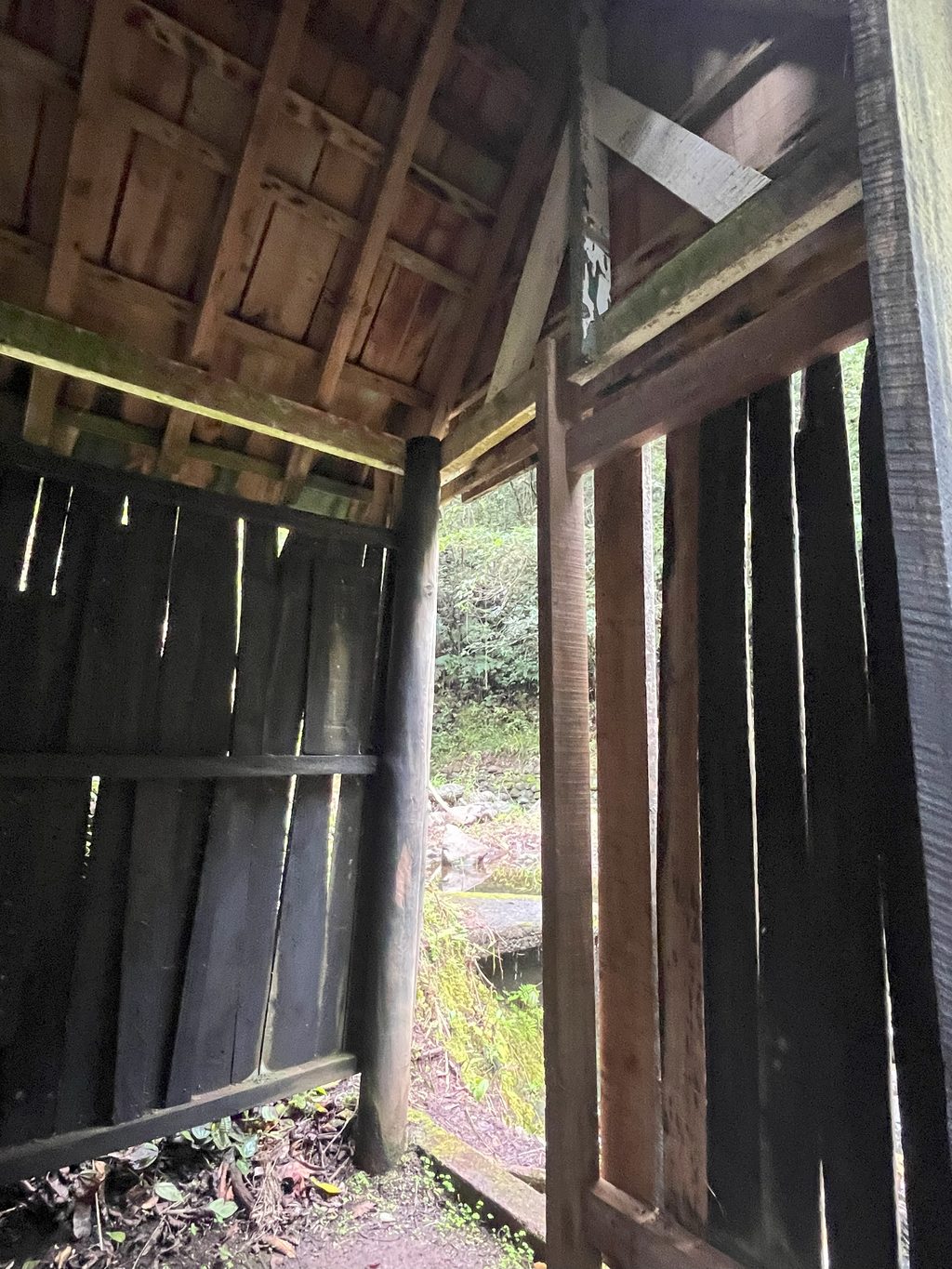
Inside the waiting house. Picture: ANA MADIGIBULI
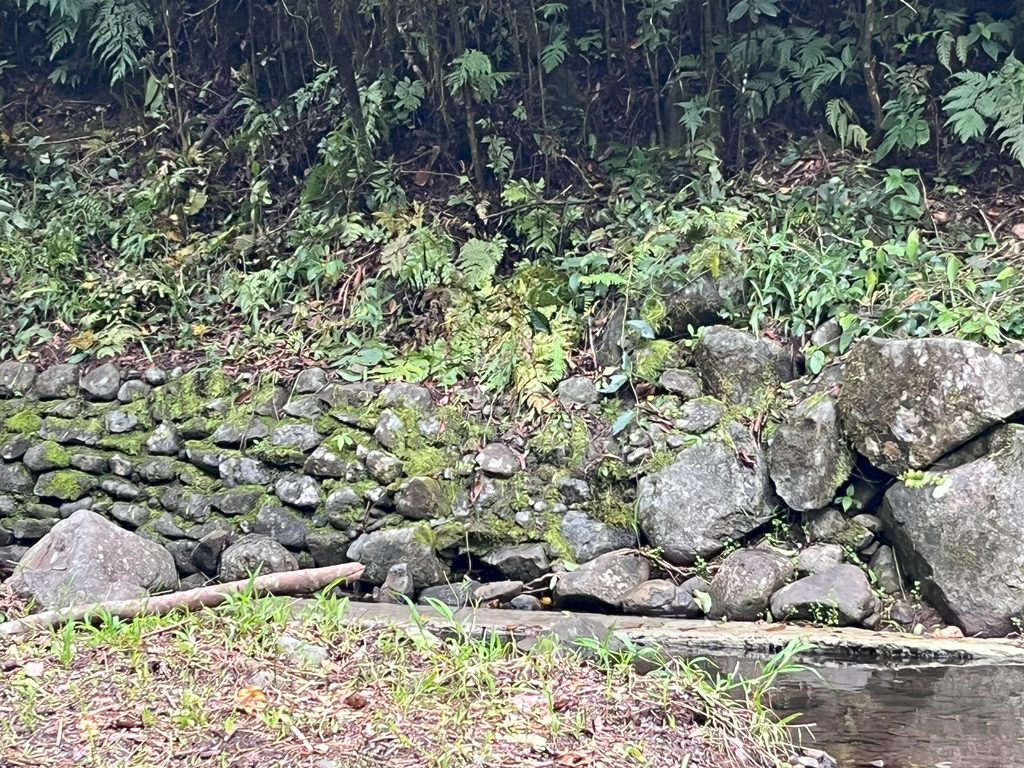
The stonewall beside the upper pool. Picture: ANA MADIGIBULI
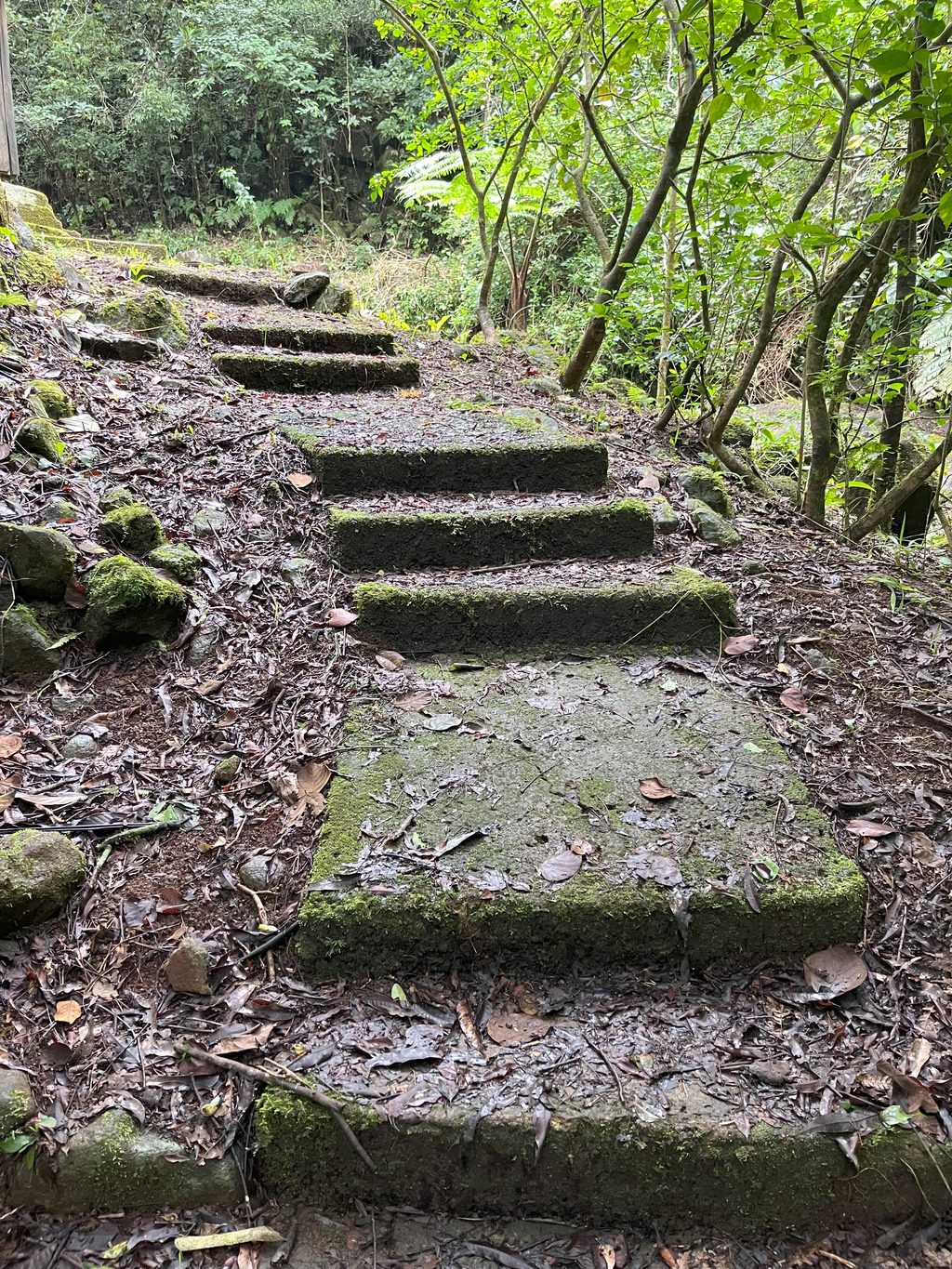
The moss-covered steps that lead to the waiting house. Picture: ANA MADIGIBULI

